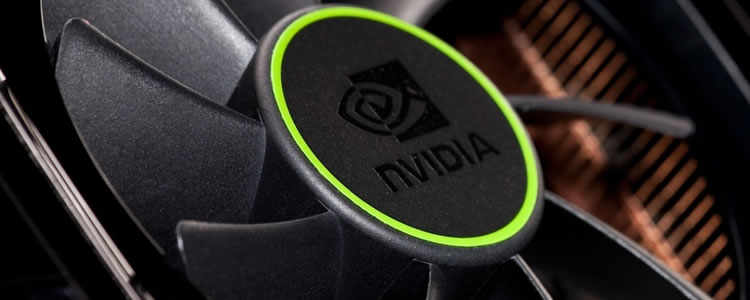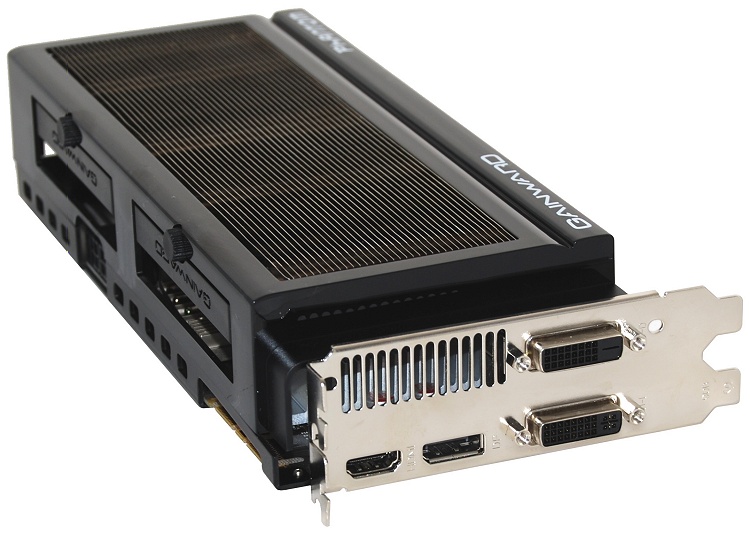Final Thoughts
Gainward's Phantom edition card improves almost everything about Nvidia's reference GeForce GTX 760. Although its spiffy upgraded cooler occupies three slots instead of two, it has removable fans that are easy to clean and replace, while the card's factory overclock offers about 8% more performance than the stock design, which was enough speed to outpace the Radeon HD 7950 in most of our tests.
When adhering to Nvidia's specifications, the GTX 760 still provided strong performance, beating the old GTX 660 Ti by an average of 11% in our frames per second testing, while also maintaining a 17% lead over the HD 7870 and 1% on the 7950. The average frame time numbers were quite similar, as the GTX 760 was 9% faster than the GTX 660 Ti, 11% faster than the HD 7870 and 1% slower than the 7950.
On average, it's safe to say the GTX 760 and HD 7950 deliver equal performance, except the former is about 17% cheaper with a suggested retail price of $250 versus $300. Nvidia's product remains very attractive when compared against the HD 7950 Boost and in either case it delivers better power consumption with respectable cooling performance courtesy of Gainward's custom heatsink and fan solution.
Although the HD 7950 and HD 7950 Boost remain somewhat viable options, with the way things are currently structured, there's no denying that the GTX 760 is a better value all around. Furthermore, Gainward has improved Nvidia's base formula with extra goodies that should please most enthusiasts who are looking for a solution to processing intensive graphical loads without going bankrupt.
score
Pros: Mainstream pricing with upper-end performance, decent overclocking and thermals.
Cons: Gainward's triple-slot cooler works great but may be tricky to work with in some crowded machines.

